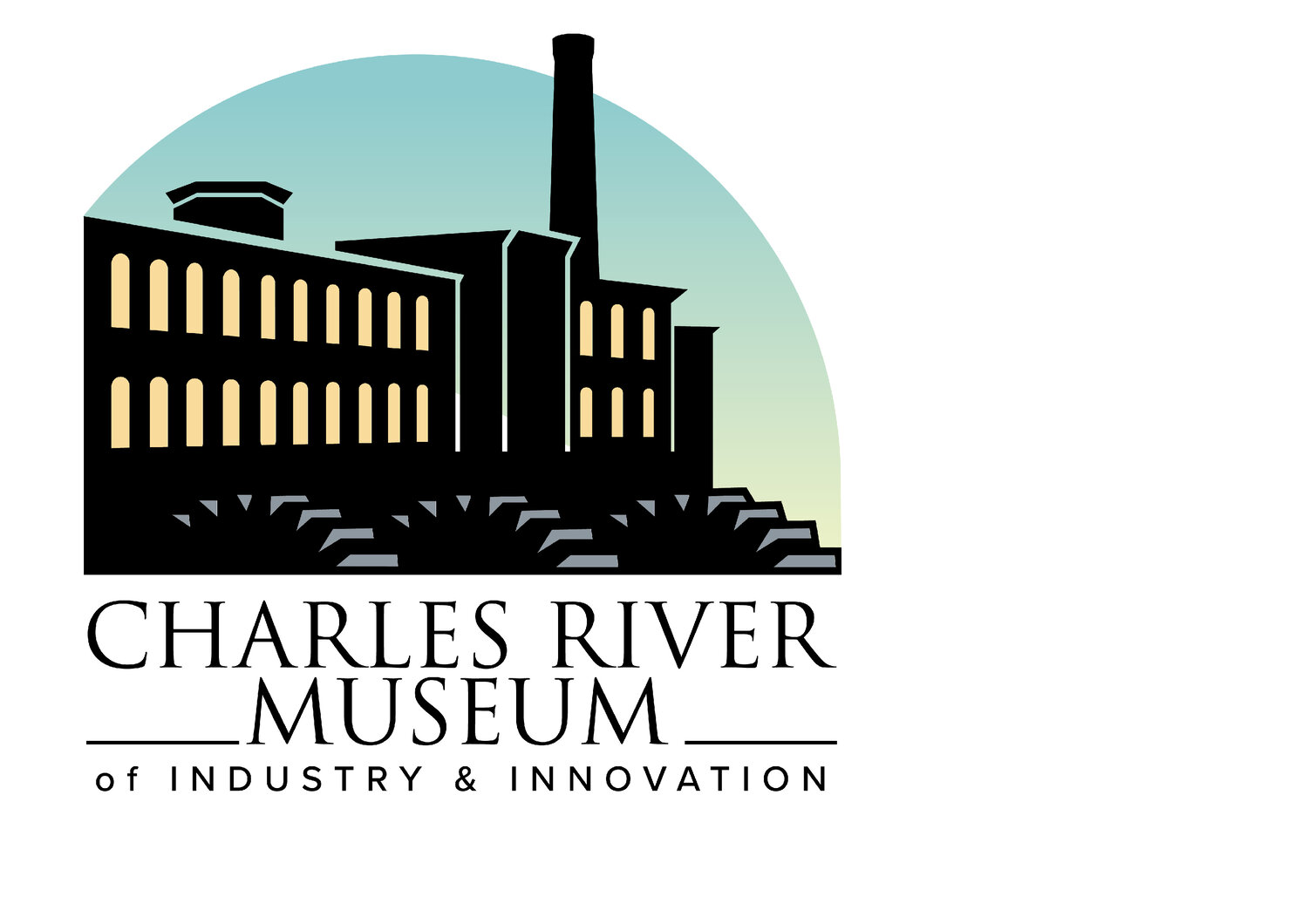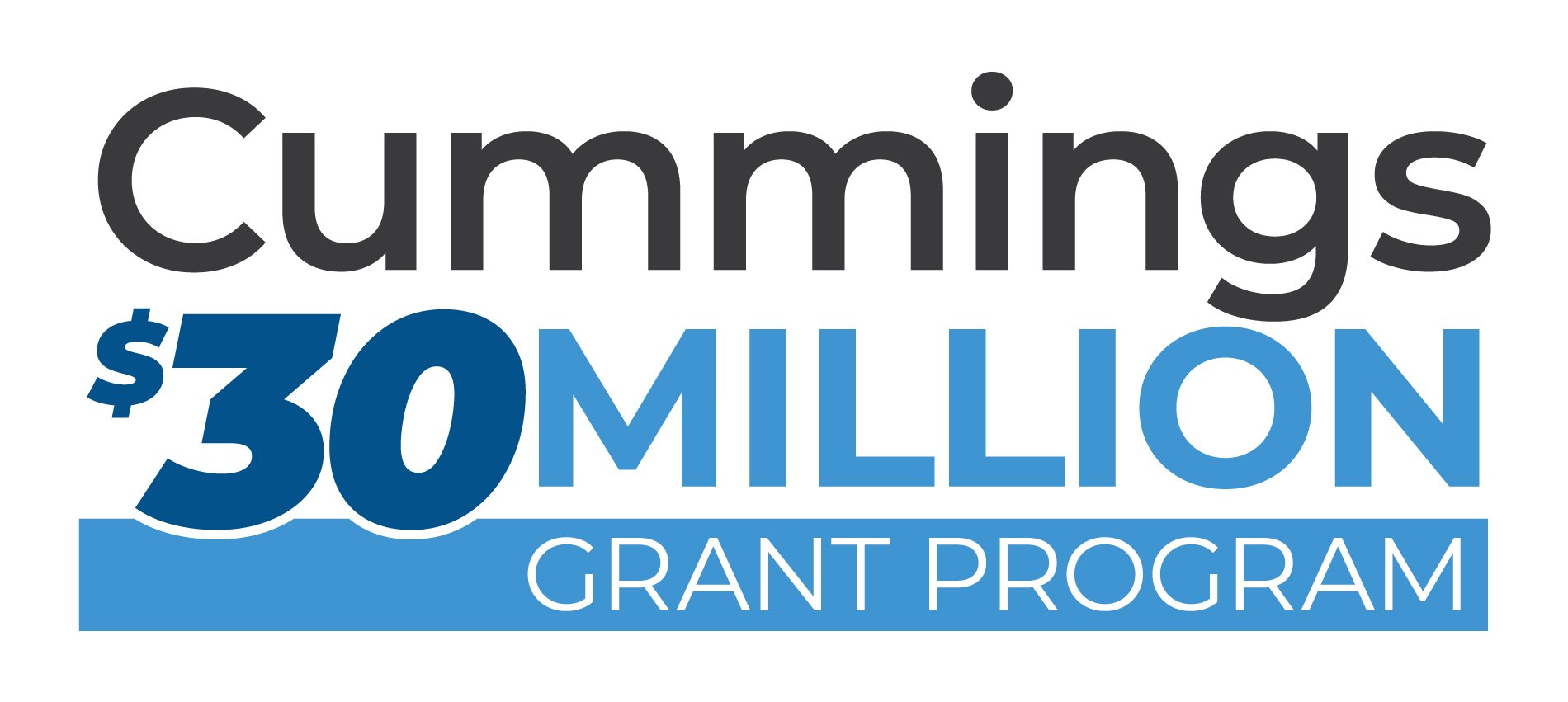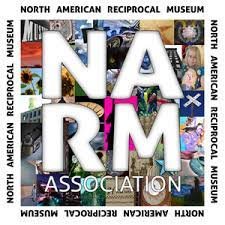We welcome students of all ages to experience the innovative history preserved and being pioneered at the Charles River Museum of Industry & Innovation.
To best accommodate groups, please reach out at least 2 weeks in advance before your desired visit date.
Field Trips
Please note the following before filling out our field trip request form
1. Visits must be requested a minimum of two weeks in advance.For a specialized experience, more than two weeks' notice may be necessary.
2. Visits are typically scheduled between 10:00 am and 2:30 pm Wednesday - Saturday.
3. We offer $5 admission for all students and waive the admission fee for all accompanying chaperones.
4. We are typically unable to offer on-site lunch space. Weather permitting, groups may take lunch on the town common.
5. We suggest a minimum of one chaperone for every ten students under 16.
Looking for a Specific Type of Engagement?
Connect with our
Director of Education
by emailing
Charles River Museum Field Trip Request Form
We are excited to welcome your students to the Charles River Museum of Industry and Innovation!
Educational Standards:
Mass. Dept of Elementary and Secondary Education
If you are looking to fulfill a state standard not listed here, please reach out to our education department.
We are happy to create curriculum and plan visits that are tailored to the needs of your group.
Votech
Votech – Entrepreneurship Knowledge and Skills
Starting a Business
VT.VCOLL.5.A.01.01 - Define entrepreneurship and be able to recognize and describe the characteristics of an entrepreneur.
Marketing a Business
VT.VCOLL.5.C.01.02 - Describe the relationship between business and community.
VT.VCOLL.5.C.01.06 - Describe the impact of supply and demand on a product or business
Legal/Ethical/Social Responsibilities
VT.VCOLL.5.E.01.07 - Demonstrate an understanding of how technology advancements impact business practices.
PreK
Science and Technology/ Engineering
Earth and Space Science
PreK.ESS.3.1 - Engage in discussion and raise questions using examples about local resources (including soil and water) humans use to meet their needs.
PreK.ESS.3.2 - Observe and discuss the impact of people’s activities on the local environment.
Physical Science
PreK.PS.1.2 - Investigate natural and human-made objects to describe, compare, sort, and classify objects based on observable physical characteristics, uses, and whether something is manufactured or occurs in nature.
Other Pre-K standards are fairly open-ended and could be made applicable to our space through programming or preparation
Kindergarten
Science and Technology/Engineering
Earth and Human Activity
K.ESS.3.3 - Communicate solutions to reduce the amount of natural resources an individual uses. Clarification Statement
Digitial Literacy and Computer Science | K-2
Interpersonal and Societal Impact
K-2.CAS.c.1 - Identify and describe how people use many types of technologies in their daily work and personal lives.
Human and Computer Partnerships
K-2.CS.b.2 - Recognize that some tasks are best completed by humans and others by computing devices (e.g., a human might be able to rescue someone in a normal environment, but robots would be better to use in a dangerous environment).
First Grade
Science and Technology/ Engineering
Engineering Design
1.ETS.1.1 - Ask questions, make observations, and gather information about a situation people want to change that can be solved by developing or improving an object or tool.
History and Social Science
Topic 1: Civics: communities, elections, and leadership
HSS.1.T1.04 - Analyze examples of leadership and leaders from history, everyday life, and from literature and informational texts read or read aloud, and describe the qualities of a good leader.
Topic 4: Economics: resources and choices (shared with grade 2)
HSS.1.T4.01 - Explain the relationship between natural resources and industries and jobs in a particular location
HSS.1.T4.02 - Distinguish a renewable resource from a non-renewable resource.
HSS.1.T4.03 - Explain that people are a resource too, and that the knowledge and skills they gain through school, college, and work make possible innovations and technological advancements that lead to an ever-growing share of goods and services.
Digitial Literacy and Computer Science | K-2
Second Grade
Mathematics
Measurement and Data | Work with time and money
2.MD.C.7 - Tell and write time from analog and digital clocks to the nearest five minutes, using a.m. and p.m.
2.MD.C.7.a - Know the relationships of time, including seconds in a minute, minutes in an hour, hours in a day, days in a week; days in a month and a year and approximate number of weeks in a month and weeks in a year.
History and Social Science
Topic 5a – Resources
HSS.2.T5a.01 - Explain the relationship between natural resources and industries and jobs in a particular location (e.g., fishing, shipbuilding, farming, trading, mining, lumbering, manufacturing).
HSS.2.T5a.02 - Distinguish a renewable resource from a non-renewable resource.
HSS.2.T5a.03 - Explain that people are a resource too, and that the knowledge and skills they gain through school, college, and work make possible innovations and technological advancements that lead to an ever-growing share of goods and services.
Topic 5b – Earning Income
HSS.2.T5a.03 - Explain that people are a resource too, and that the knowledge and skills they gain through school, college, and work make possible innovations and technological advancements that lead to an ever-growing share of goods and services.
Third Grade
Science and Technology/Engineering
Engineering Design
3.ETS.1.1 - Define a simple design problem that reflects a need or a want. Include criteria for success and constraints on materials, time, or cost that a potential solution must meet.
Fourth Grade
Science and Technology/Engineering
Earth and Human Activity
4.ESS.3.1 - Obtain information to describe that energy and fuels humans use are derived from natural resources and that some energy and fuel sources are renewable and some are not. Clarification Statements: Examples of renewable energy resources could include wind energy, water behind dams, tides, and sunlight. Non-renewable energy resources are fossil fuels and nuclear materials.
Energy
4.PS.3.1 - Use evidence to construct an explanation relating the speed of an object to the energy of that object.
Physical Science | Waves and Their Applications in Technologies for Information Transfer
4.PS.4.3 - Develop and compare multiple ways to transfer information through encoding, sending, receiving, and decoding a pattern.
Technology/Engineering | Engineering Design
4.ETS.1.5 - Evaluate relevant design features that must be considered in building a model or prototype of a solution to a given design problem.
History and Social Studies
Topic 4a: The Expansions of the United States Over Time and its Regions Today: The Northeast
HSS.4.T4a.04 - Develop questions, conduct research, and analyze how people have adapted to the environment of the Northeast, and how physical features and natural resources affected settlement patterns, the growth of major urban/suburban areas, industries or trade.
Fifth Grade
Science and Technology/Engineering
Earth and Human Activity
5.ESS.3.1 - Obtain and combine information about ways communities reduce human impact on the Earth’s resources and environment by changing an agricultural, industrial, or community practice or process.
Technological Systems
5.ETS.3.1 - Use informational text to provide examples of improvements to existing technologies (innovations) and the development of new technologies (inventions). Recognize that technology is any modification of the natural or designed world done to fulfill human needs or wants.
5.ETS.3.2 - Use sketches or drawings to show how each part of a product or device relates to other parts in the product or device.
History And Social Science
Topic 4: The Growth of the Republic
HSS.5.T4.04 - On a map of New England, locate cities and towns that played important roles in the development of the textile and machinery industries, whaling, shipping, and the China trade in the 18th and 19th centuries and give examples of the short- and long-term benefits and costs of these industries.
Sixth Grade
Science and Technology/Engineering
Engineering Design
6.ETS.1.1 - Define the criteria and constraints of a design problem with sufficient precision to ensure a successful solution. Include potential impacts on people and the natural environment that may limit possible solutions.
6.ETS1.6- Communicate a design solution to an intended user, including design features and limitations of the solution. Clarification Statement: Examples of intended users can include students, parents, teachers, manufacturing personnel, engineers, and customers
Eighth Grade
History and Social Science
Rights and Responsibilities of Citizens
HSS.8.T4.12 - Examine the role of political protest in a democracy.
High School
Science and Engineering/Technology
Earth and Human Activity
HS.ESS.3.1. - Construct an explanation based on evidence for how the availability of key natural resources and changes due to variations in climate have influenced human activity.
HS.ESS.3.3 - Illustrate relationships among management of natural resources, the sustainability of human populations, and biodiversity.
Materials, Tools, and Manufacturing
HS.ETS.2.3. - Compare the costs and benefits of custom versus mass production based on qualities of the desired product, the cost of each unit to produce, and the number of units needed.
Energy and Power Technologies
HS.ETS.4.1 - Research and describe various ways that humans use energy and power systems to harness resources to accomplish tasks effectively and efficiently.
HS.ETS.4.5 - Explain how a machine converts energy, through mechanical means, to do work. Collect and analyze data to determine the efficiency of simple and complex machines.
History and Social Science
United States History I – Topic 3
HSS.USI.T3 - Explain the importance of the Transportation Revolution of the 19th century (e.g., the introduction of steamboats, canals, roads, bridges, turnpikes, and railroad networks; the completion of the First Transcontinental Railroad and its stimulus to east/west trade, the growth of Midwestern towns and cities, and the strengthening of a market economy).
HSS.USI.T3 - Analyze the effects of industrial growth throughout antebellum America, and in New England, the growth of the textile and machinery industries and maritime commerce.
the technological improvements and inventions that contributed to industrial growth and maritime commerce
the impact of the cotton gin on the economics of Southern agriculture and slavery and the connection between cotton production by slave labor in the South and the economic success of Northern textile industries
the causes and impact of the wave of immigration from Northern Europe to the United States in the 1840s and 1850s (e.g., the impact of the English occupation of Ireland, the Irish famine, and industrial development in the U.S.) d. the rise of a business class of merchants and manufacturers e. the role of women as the primary workforce in New England textile factories and female workers’ activism in advocating for reform of working conditions
HSS.USI.T3 - Describe the role of slavery in the economies of the industrialized North and the agricultural South, explain reasons for the rapid growth of slavery in southern states, the Caribbean islands, and South America after 1800, and analyze how banks, insurance companies, and other institutions profited directly or indirectly from the slave trade and slave labor.
United States History I – Topic 6
HSS.USI.T6 - Explain the various causes of the Industrial Revolution (e.g., the economic impetus provided by the Civil War; important technological and scientific advances, such as the expansion of the railroad system; the role of business leaders, entrepreneurs, and inventors such as Alexander Graham Bell, Andrew Carnegie, Thomas Edison, J.P. Morgan, John D. Rockefeller, and Cornelius Vanderbilt).
HSS.USI.T6 - Make connections among the important consequences of the Industrial Revolution (e.g., economic growth and the rise of big business; environmental impact of industries; the expansion of cities; the emergence of labor unions such as the Knights of Labor and the American Federation of Labor under Samuel Gompers; workers’ distrust of monopolies; the rise of the Populist Party under the leadership of William Jennings Bryan or the rise of the Socialist Party under Eugene Debs).
United States History II – Topic 2
HSS.WHII.T - Explain how industrialization spread from Great Britain to continental Europe and the United States and how industrial development affected the political balance of power among nations.
Digital Literacy and Computer Science | 9-12
Computing Sources
12.CS.a.6 - Examine the historical rate of change in computing devices (e.g., power/energy, computation capacity, speed, size, ease of us










